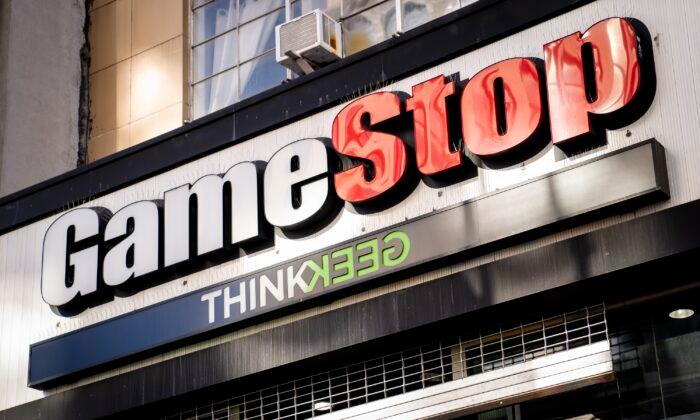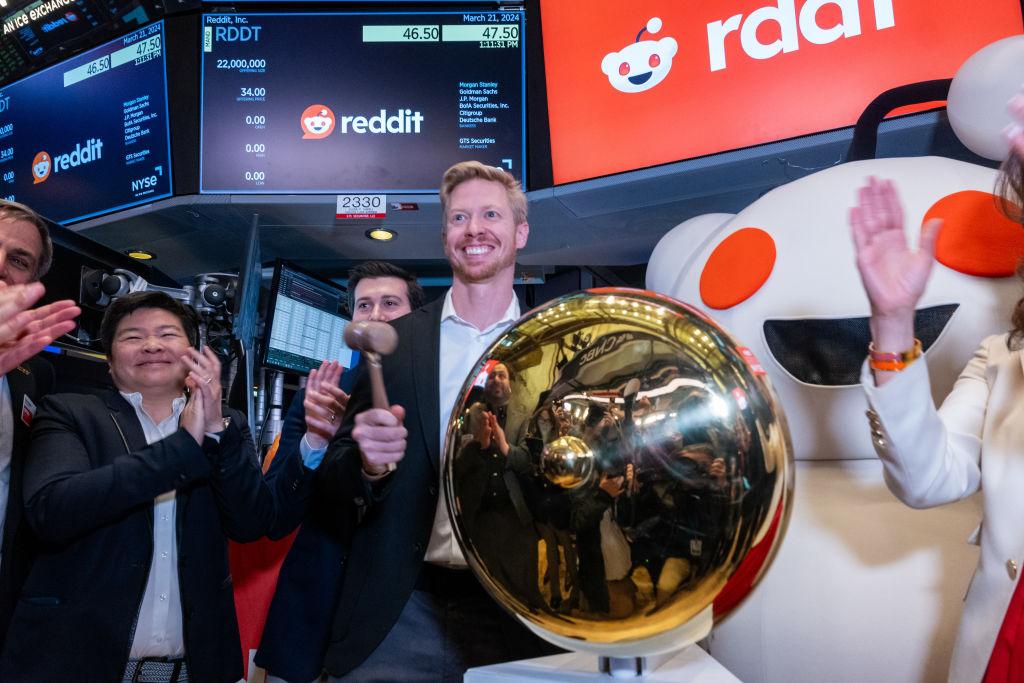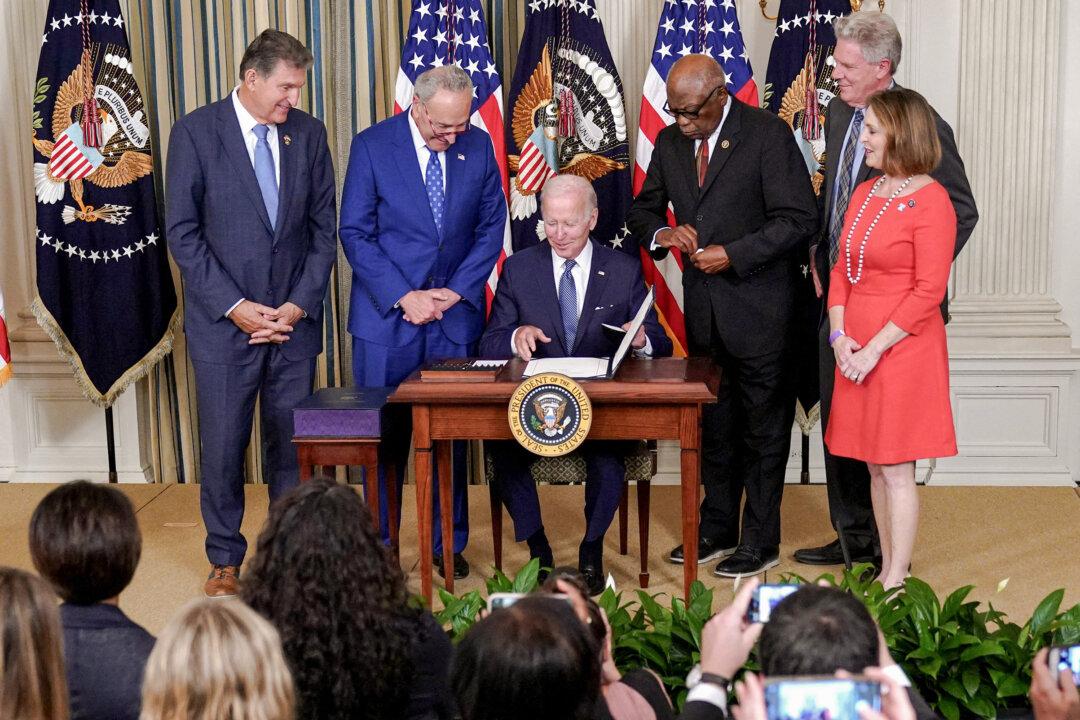Commentary
In 2022, the S&P 500 Index returned -19.64 percent. If you run the same numbers and include dividend reinvestment, the sting was a little less, with a return of -18.32 percent. Not great, for sure.
Those kinds of returns have people asking questions about how they are invested. To be clear, if you get a return of +19.64 percent this year, you aren’t “even.” You still lost money because you are calculating return off of a lower base number. You actually need a return of roughly 35 percent to break even. It is best to shrug last year off and put it in the rear-view mirror.
That leads to the next question: how should you position yourself in the market to grab the most maximum gain given the economic environment we have today? It’s a very hard question to answer, and that’s why there are reams of financial columnists and business television channels.
As a person who traded his own money on the floor of the Chicago Mercantile Exchange, and then started a risky investment angel group along with investing millions of my own money into risky ventures, I have a perspective that might be a bit different than the regular advice you hear on television.
First, indexing works. You cannot beat the market unless you can create some edge for yourself. The pros on Wall Street have an artificial edge, so you won’t beat the Ken Griffins of the world. Chicago Booth’s Eugene Fama proposed the efficient market hypothesis back in 1962, and the financial world has tried to poke holes in it ever since. The problem is that Fama is correct, and if you just put $1 in a passive index that tracked the broader market over the last 60 years, you would have done better than trying to buy and sell and beat the market.
Even though the market was down last year, it is rare that markets are down in successive years. There is only a 9 percent chance that the S&P 500 will be lower on Dec. 31, 2023, than it was on Dec. 31, 2022. Even the economic policies of President Joe Biden shouldn’t be able to screw it up.
How, then, do you know when to take more risk with your money? If you are okay losing it, then you can take more risk. How would you go about it taking more risk?
A lot of people think that legalized drugs will bring them a lot of money. However, the data show differently. Pot stocks were down big in 2021, and even more in 2022. The only ones making money on pot are state governments with tax dollars.
Cryptocurrency is a trendy topic. Most of the people you will chat with will tell you it’s a fraud. Certainly since no one has built anything of note yet that people use all the time, you could agree with them. I would recommend staying away from any crypto since even when it seems like a good idea, the entire ecosystem is so full of hackers, it makes every transaction difficult. The apps for crypto are not user-friendly in the least.
However, if you look at returns in Bitcoin, they were crazy and unbelievable. If, say, you invested $1 in 2011 in Bitcoin, you had $157,316 at the end of 2021. That’s an annualized return of 296.86 percent, so you can see why people were interested in participating. I was looking at the recent returns on the Bitcoin Greyscale Trust (GBTC). To put it mildly, they weren’t good, and the index is selling at a 41 percent discount to the actual price of Bitcoin.
However, instead of buying an actual Bitcoin, or a part of Bitcoin, they outsourced their investment to a product they mistakenly thought was an exchange-traded fund (ETF) or index. It seems “safe,” because research shows indexed investments do better than trying to beat the market. The value of all cryptocurrencies, however, was destroyed in 2022. You did worse in the Greyscale Trust product than you did just by holding Bitcoin. For what it’s worth, I am liquidating all of my cryptocurrency and converting it to the U.S. dollar.
One thing to understand is liquidity. Riskier investments are not easy to get out of, and you will usually take a loss if you do it. They take time to perform and grow. There is no “get rich” overnight scheme that works. The fantastic stories you might hear about overnight riches in the stock market don’t involve skill—they only involve luck.
So, it begs the question, how do you find ways to assume risk if you are willing to do it? First, try to create a vision of how the world will look 10 years from now. The best ideas to invest in are at the intersection of really stupid ideas which would be really cool if they worked. Second, do all your homework. Professionals call this “due diligence.” Look at all the angles, both pro and con, about the validity of the investment. Third, understand that if you make an investment in one risky asset, and then make an investment in a second, uncorrelated risky asset, you aren’t diversified. You are just assuming more risk. The last step is to make sure you understand the legal aspects of what you are investing in. Preferred stock is different than common stock, for example. Then you write the check—but truly, writing the check is the easiest part.





